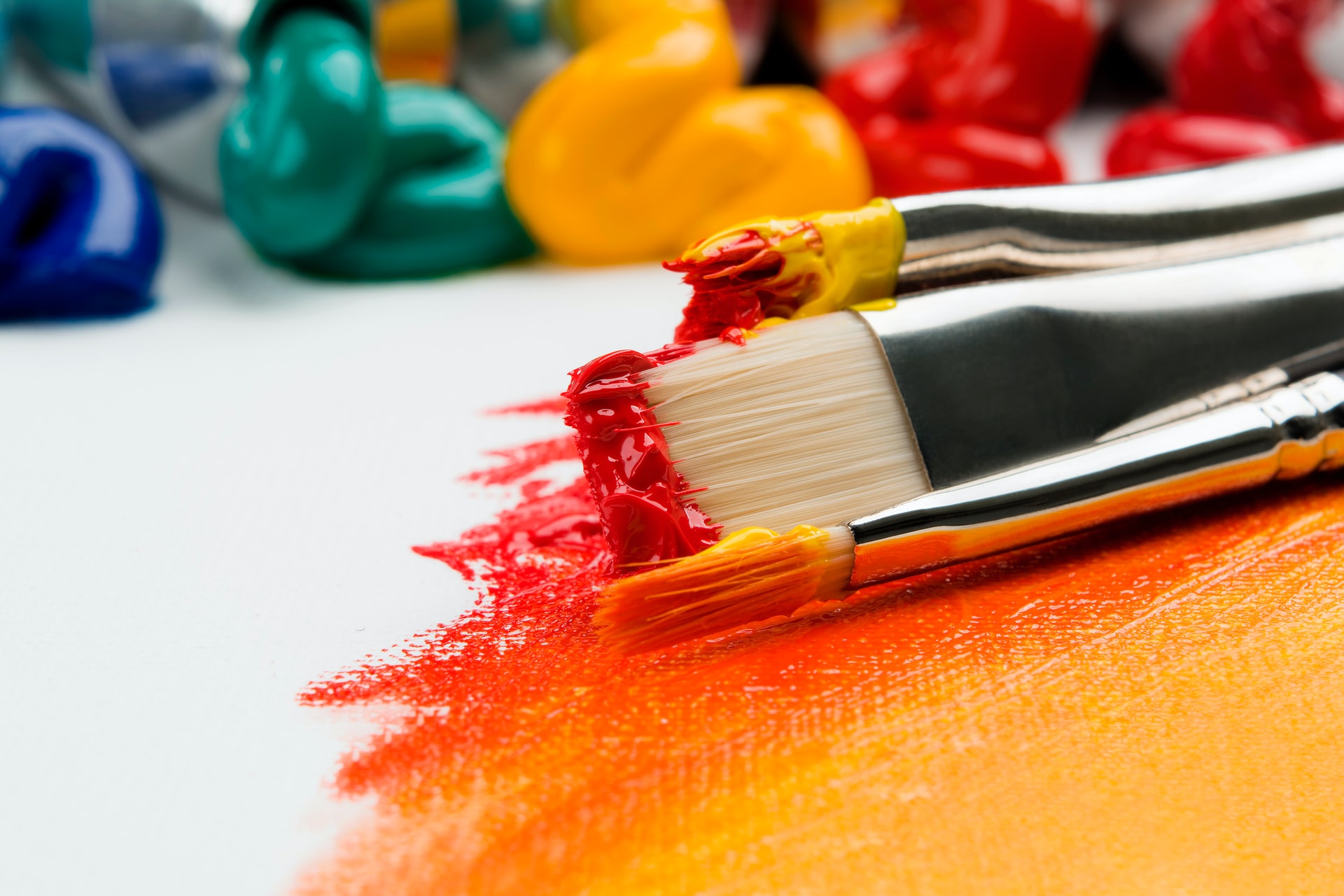
Building Confidence
At the point when instructors underline the workmanship making measure over the end result, understudies increment their feeling of dominance, dynamic, and sensation of consideration and freedom, and eventually fill in mindfulness. Working in bunches offers openings for shared danger taking and finishing works through collaboration, participation, and the trading of thoughts.
Upgrading the Curriculum
Gathering and working with regular materials to make a composition, for instance, can grow understudies’ learning in an ecological examinations program. Science classes can utilize demonstrating and development projects. Essential physical science can be tended to through sculptural activities. Math ideas, like expansion, deduction, augmentation, division, and calculation can be supported through making designs that consolidate both line and shading.
Creating Thinking Skills
At the point when understudies make craftsmanship, they have the chance to communicate their sentiments, fantasize, recount stories, and give their thoughts substantial structure. They can consider and draw their regular encounters and perceptions. Understudies discover connections between objects, think about other options, and settle on decisions. They relate to the thoughts and sentiments investigated and communicated by notable specialists.
Improving Tactile and Motor Skills
Workmanship making is a captivating and compelling approach to acquaint understudies with a wide assortment of surfaces and assist them with fostering their material investigation abilities. More youthful understudies foster their engine abilities when dealing with development or demonstrating projects that include controlling paper, cardboard, earth, mortar, and different materials.
Viable Considerations:
This learning instrument is a fundamental segment in practically all projects for youngsters. School programs as often as possible use craftsmanship to get to different spaces of culture. Workmanship making, even with restricted materials and assets, can improve practically any historical center program. Paper and pencils are protected to use in most display settings. Make clipboards for composing and drawing with cardboard and fastener cuts. At that point consolidate different materials.
Making “transitory” or fleeting craftsmanship in the displays is a decent, safe other option. No wet media or cements are included; consequently it is protected to use close to masterpieces. This activity likewise underlines measure over item, which constructs certainty and energizes opportunity of articulation and inventiveness. For instance, place a huge 2′ x 3′ piece of white froth board on the floor. This can be your clear “material” on which to make your impermanent work, going from a “Pollock” made with yarn dropped by visit members, to a “Mondrian” made with pieces of dark banner board and mathematical essential shaded shapes. Or then again to investigate ideas of example and redundancy basic in practically all craftsmanship, including non-Western and current workmanship, have every individual spot a rehashed shape on the board.
On the off chance that conceivable, incorporate workmanship making in grown-up programs also, either previously or after a visit. While some more seasoned grown-ups may at first discover craftsmanship making testing, there are approaches to move toward workmanship making encounters to make them less undermining. Limit the requirement for authentic drawing, and underscore cycle and opportunity. A montage project is a decent spot to begin. While you ought to stress measure all through, grown-ups may incline toward items and materials that are naturalistic instead of art materials.
More seasoned grown-ups appreciate and advantage extraordinarily from craftsmanship making encounters. Ideas for additional examination, reflection, or exercises, regardless of whether they are just casually introduced toward the finish of a visit or referenced in a display pamphlet or flyer, may urge grown-up crowds to investigate their inventiveness and reactions to the craftsmanship.
Instructions to Get It or Make It. Modest and Easy
You don’t require costly workmanship supplies. For some crowds, the advantages of craftsmanship making can be had with straightforward media: dark colored pencil or oil pastels on white paper may give sufficient differentiation to individual with low vision. Go chasing and assembling. Other than your neighborhood craftsmanship store, utilize reused and discovered materials. In the event that your historical center has an in-house shop or outlining studio where cartons or platforms are constructed, it might have pieces of froth, wood, Plexiglas, or matboard. Your blessing shop or sorting room may likewise be a hotspot for pressing materials, froth, boxes, cardboard, and so forth For family things like paper-towel cylinders, jars, or plastic jugs, send an email or mailing to your docents for gifts and assortments. Check the butcher or meat division of your neighborhood supermarket. They might give unused meat plate.